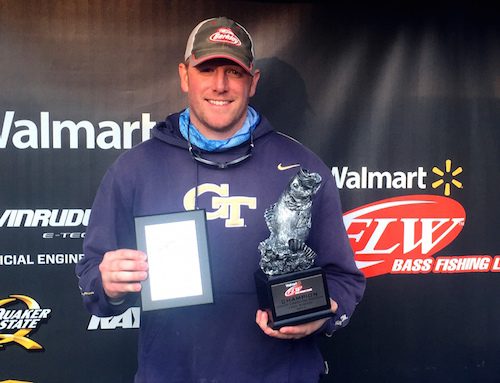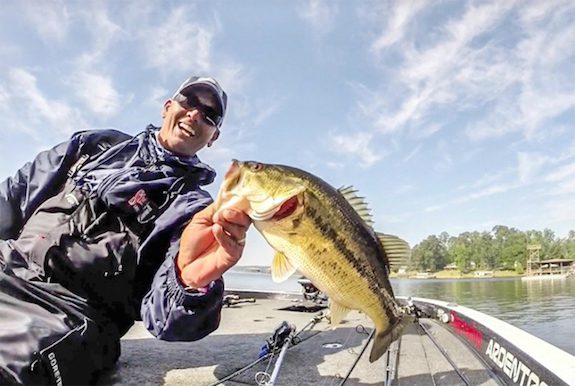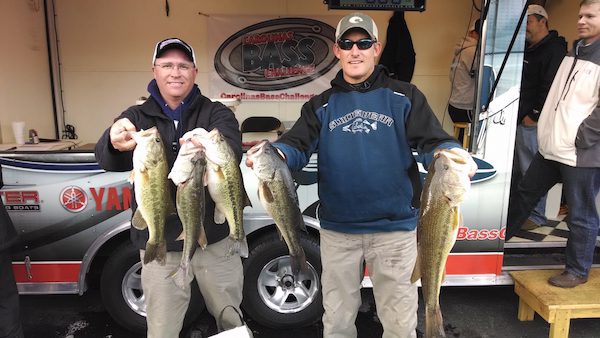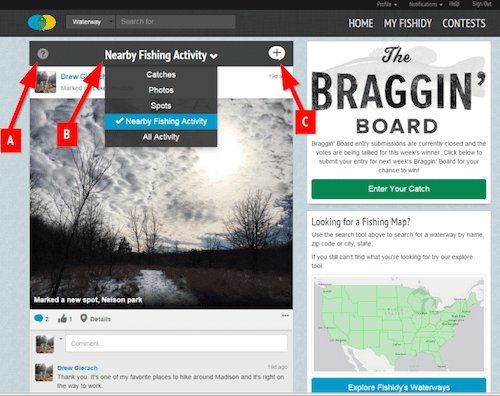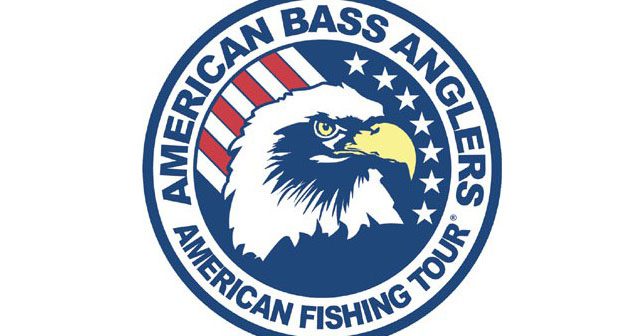[print_link]
KINDY WINS WALMART BASS FISHING LEAGUE ARKIE OPENER ON LAKE OUACHITA
Jackson wins co-angler title
MOUNT IDA, Ark. (Feb. 16, 2015) – Jeremiah Kindy of Benton, Arkansas, weighed a five-bass limit totaling 19 pounds, 1 ounces Saturday to win the first Walmart Bass Fishing League Arkie Division tournament of 2015 on Lake Ouachita. For his victory, Kindy earned $4,507.
“It’s awesome to start the season out like this,” said Kindy, who has 20 top-10 finishes in FLW competition. “You want these points to qualify for regionals and then hopefully the BFL All-American tournament.”
Kindy reached his five-bass limit by fishing the mouths of bays in the mid-lake area as well as the rocky banks along their points.
“The morning was tough,” said Kindy. “I ran through all of my areas and didn’t have a single bite. I decided to fish deeper along the same route and caught a three-pounder. Then between 1 p.m. and weigh-in, after the weather warmed up, I ended up catching all of my keepers.
“They were feeding on crawfish along those rocky points,” Kindy continued. “They were just sitting there in the warmer water which helped produce a consistent bite.”
Kindy caught his entire tournament-winning stringer using a Rayburn Red-colored Xcalibur Xr75 Rattle Bait.
“I only caught eight fish all day, but they were the right ones,” said Kindy.
The top 10 boaters finished the tournament in:
1st: Jeremiah Kindy, Benton, Ark., five bass, 19-1, $4,507
2nd: Bobby Ammons, Waldron, Ark., five bass, 18-7, $2,253
3rd: Spencer Shuffield, Hot Springs, Ark., five bass, 16-11, $1,502
4th: Von Kinsey, Clarksville, Ark., five bass, 15-6, $1,052
5th: Mark McDonnel, Benton, Ark., five bass, 15-5, $901
6th: Kevin Hartman, Greenbrier, Ark., five bass, 15-1, $826
7th: Leland Nixon, Bee Branch, Ark., five bass, 14-10, $751
8th: Dennis Bean, Hot Springs, Ark., five bass, 14-8, $676
9th: Dylan Hays, Fort Smith, Ark., five bass, 14-4, $601
10th: Larry Vaughan, Hot Springs, Ark., five bass, 13-14, $526
Blain Jackson of Bryant, Arkansas, weighed in three bass totaling 13 pounds, 5 ounces Saturday to win $2,214 in the co-angler division.
The top 10 co-anglers were:
1st: Blain Jackson, Bryant, Ark., three bass, 13-5, $2,214
2nd: Jacob Harris, Bonne Terre, Mo., five bass, 11-12, $1,107
3rd: Josh Tittle, Monticello, Ark., four bass, 9-9, $738
4th: David Best, Bartlett, Tenn., three bass, 9-8, $517
5th: Tim Crow, Malvern, Ark., five bass, 9-5, $443
6th: Kevin Clark, Malvern, Ark., four bass, 8-13, $406
7th: Russ Scalf, Ward, Ark., four bass, 8-12, $369
8th: Garret McMahan, Barling, Ark., three bass, 8-8, $332
9th: Joel Newman, North Little Rock, Ark., one bass, 7-5, $295
10th: Joshua Elmore, Hot Springs, Ark., three bass, 6-12, $258
The top 50 boaters and 50 co-anglers based on point standings will qualify for the Oct. 22-24 Regional Championship on Lake of the Ozarks in Osage Beach, Missouri. Boaters will compete for a top award of a Ranger Z518C with a 200-horsepower Evinrude or Mercury outboard and $20,000, while co-anglers will fish for a new Ranger Z518C with a 200-horsepower Evinrude or Mercury outboard.
The BFL is a 24-division circuit devoted to weekend anglers, with 120 tournaments throughout the season, five in each division. The top 50 boaters and co-anglers from each division qualify for a regional tournament and compete to finish in the top six, which then qualifies them for one of the longest-running championships in all of competitive bass fishing – the Walmart BFL All-American. Top winners in the BFL can move up to the Rayovac FLW Series or even the Walmart FLW Tour.






